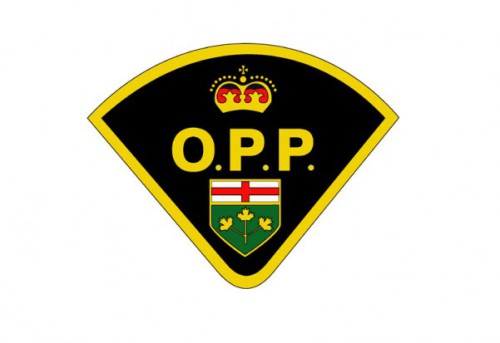When former Ontario Premiere Dalton McGuinty assigned the task of examining the state of Ontario’s tourism sector to Greg Sorbara, one of his closest political allies and a former high ranking and powerful cabinet member, it was fairly certain that there would be significant changes in the areas impacting the tourism sector over which the government has control and where it has input.
In Northern Ontario, the regional tourism associations (such as Rainbow Country Travel Association that has included Manitoulin as well as Sudbury, French River and Parry Sound) were recommended for dissolution in favour of much larger regional marketing units: 13 of them covering the entire province. (By way of contrast, there were seven travel associations across Northeastern and Northwestern Ontario. All of their mandates ended at the end of March when the new, larger Northern Ontario Tourism officially came into its own mandate.)
The new entity in Northern Ontario is called the Northern Regional Tourism Organization and, because of the vast size of the top end of the province, it was recommended by Mr. Sorbara that the Northern group should exist with its own board but should have three subdivisions within it: one serving Ontario’s Northeast (in which Manitoulin is included), one serving Ontario’s Northwest and a third entity that serves a region comprising the much smaller Sault Ste. Marie and Algoma District. Each of these three subdivisions, in turn, has its own manager and volunteer board.
Mr. Sorbara recommended that the 13 new regional groups that will officially interface between the Ontario government and the tourism sector should have four main areas of focus: marketing, product development, tourist attractions and training and this is at the core of the mandate for each of the 13 tourism regions.
These are all very important initiatives and are at the heart of a successful tourist industry in either a large metropolitan area such as the Greater Toronto Area or the Ottawa Region or a relatively tiny one like Manitoulin Island.
On Manitoulin Island, the importance of the tourism sector is brought into focus in light of Northeastern Ontario’s tourism statistics for the 2010 year. Tourism was deemed that year to be the North’s third largest industry, behind mining and forestry, and it contributed $622 million to the Northern economy mostly divided among 4,775 tourism related businesses. That year the tourism sector attracted 3.6 million people to visit Northern Ontario.
Manitoulin Island is something of an anomaly in that we don’t have a mining industry (other than local contractors’ gravel and sand pits) and our forest industry, although fairly stable, is not one where growth is anticipated nor is it a large employer.
That leaves tourism as the only industry named as one of the North’s top three to have significant impact on Manitoulin Island.
This, in turn, demonstrates the absolute need for local organizations, like the Manitoulin Tourism Association, the North Channel Marine Council and the Great Spirit Circle Trail, to work with the new Northeastern Ontario Tourism group on behalf of the tourism sector just as Northeastern Ontario Tourism, in turn, is the official industry agency with a direct relationship with the Ontario Ministry of Tourism in Northeastern Ontario.
It’s important that Manitoulin Island has such organizations already in place, and that they have a lengthy history of representing, and, when the need arises, lobbying on behalf of Manitoulin tourism.
The fact that the M.S. Chi-Cheemaun ferry service is undertaking an enormous remarketing and rebranding exercise to attract and maintain new ridership to the ferry, (both north and southbound) is tremendously important to Manitoulin Island just now since the future of the ferry, branded successfully as a tourist attraction, will deliver new visitors to our doorstep.
This is a single, but important, example of having a strong local voice for tourism, one that will work, in this example, closely with the Owen Sound Transportation Company, the Chi-Cheemaun’s operator, to position both the ferry and Manitoulin Island as desirable holiday attractions and destinations.
Looking Northward, the MTA and the other local organizations that represent marine tourism and Aboriginal tourism should be able to work with the Northeastern Ontario Tourism organization to give the entire experience a regional context.
The new, larger regional tourism organizations represent a significant change in how Ontario views this industry. There is little doubt about that.
Just as the Chi-Cheeman is facing a remarketing and rebranding experience, the new model the regional tourism organizations represent means that the North is itself up for rebranding and remarketing.
Hopefully, all the partners with a stake in this industry, old ones like the MTA and new ones such as Northeastern Ontario Tourism, will make common cause and seek out opportunities for sharing and cooperation.





